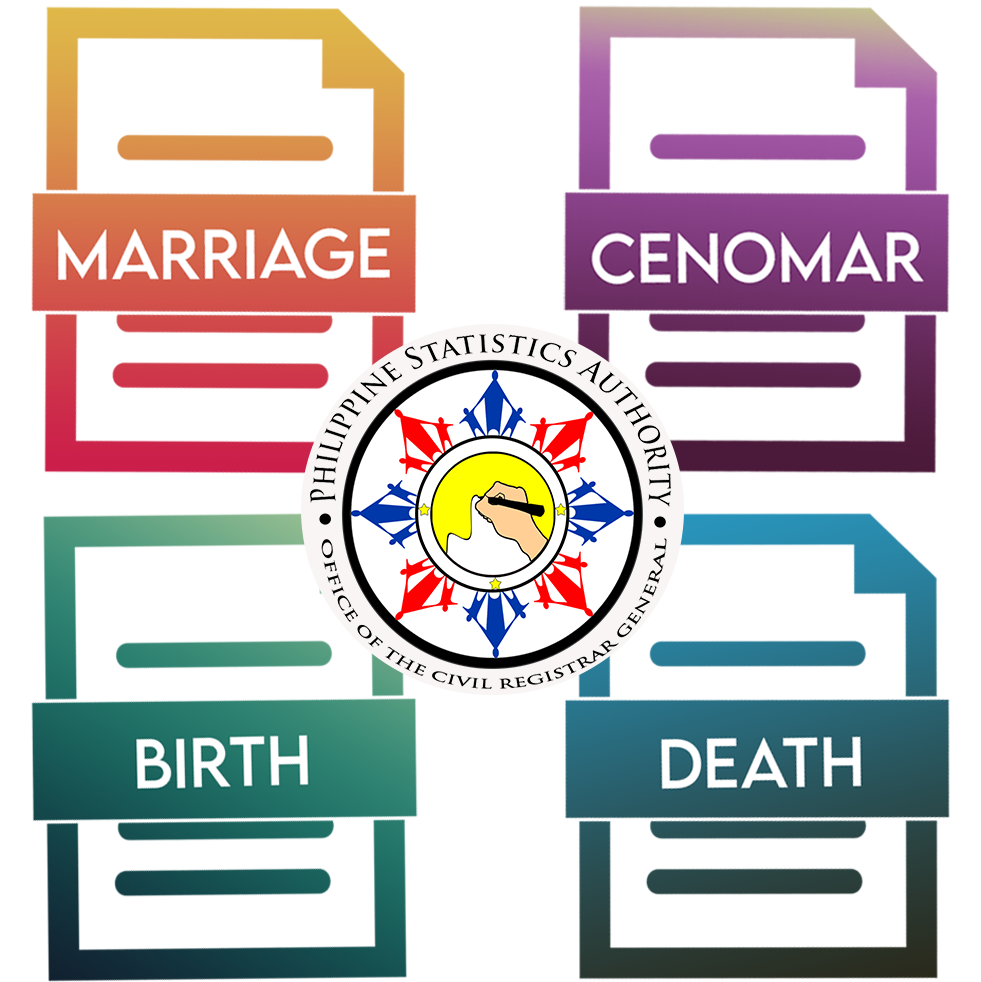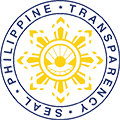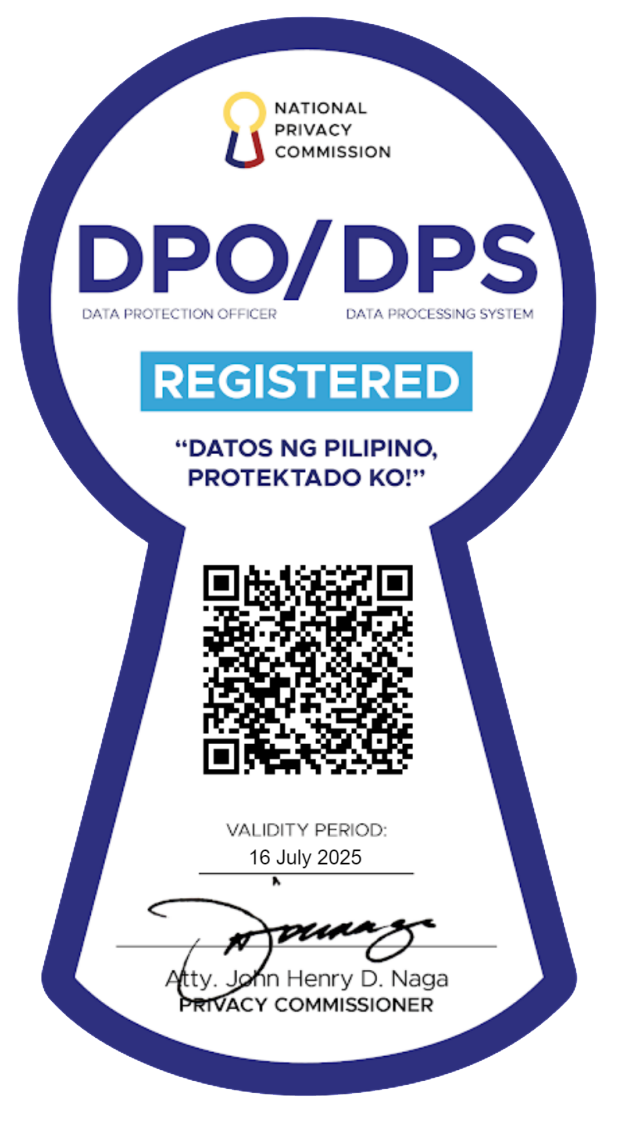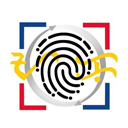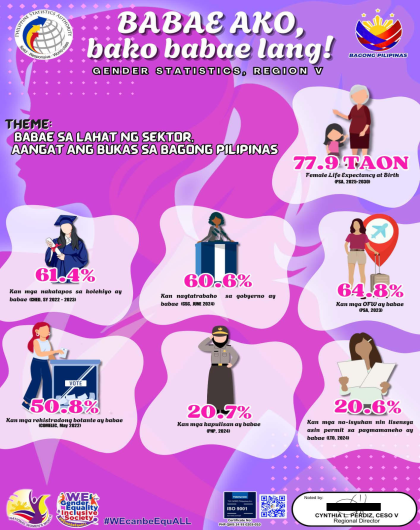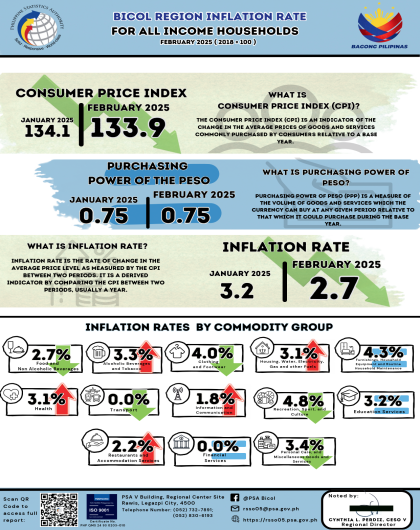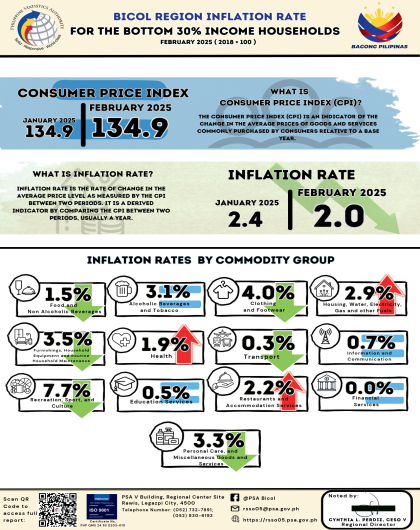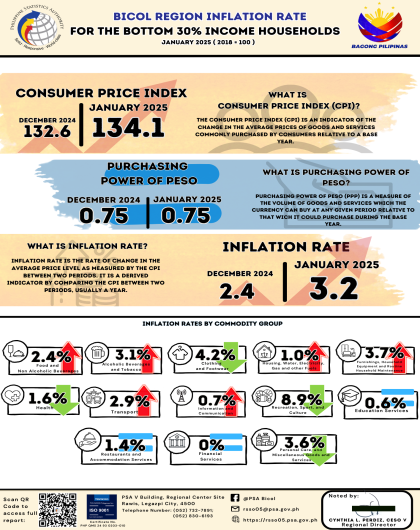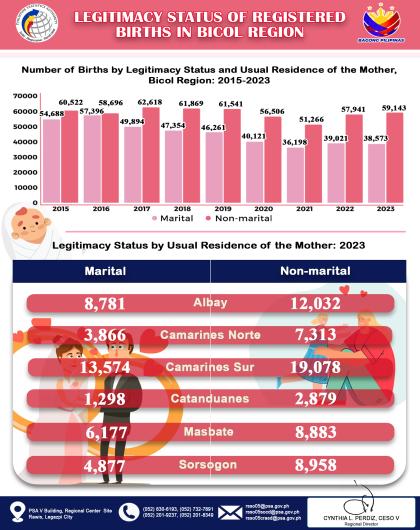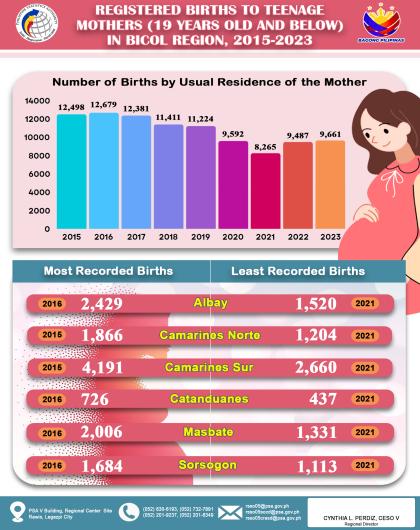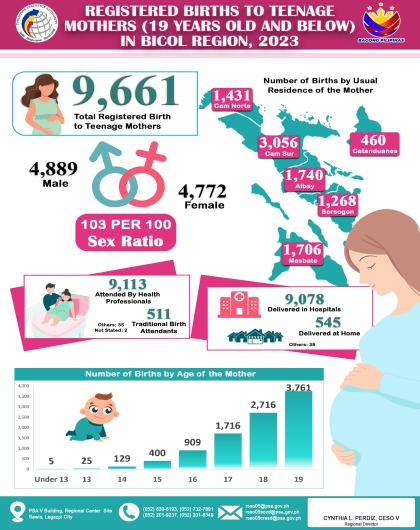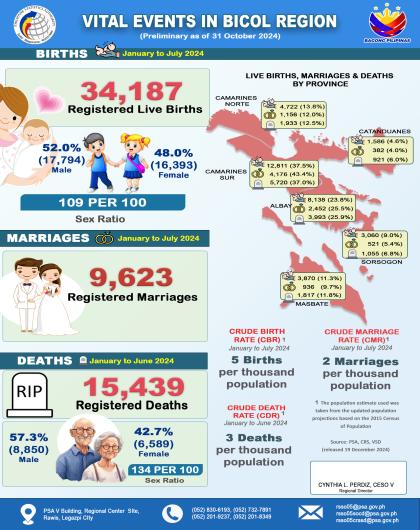Catanduanes
Some of the most commonly asked questions and corresponding solutions regarding civil registration are found in this page.
Ways on how to request data from PSA:
- Fill out the online Data Request Form (https://beta.psa.gov.ph/content/data-request-form).
- Contact the PSA Information Section (by email: info@psa.gov.ph or by phone: 8462 6600 loc. 839) and provide details on your data request.
- Visit the Freedom of Information (FOI) portal (https://www.foi.gov.ph/). For more information, see the PSA's FOI Procedures Manual | People's Manual.
- Visit the PSA Library at 5/F, CVEA Bldg., PSA Complex, East Avenue, Diliman, Quezon City.
- Send a letter requesting for dataset addressed to the PSA National Statistician.
Read More
I. Overview of the PhilSys
WHAT IS REPUBLIC ACT NO. 11055?
Republic Act No. 11055, or the Philippine Identification System Act, was signed by President Rodrigo Roa Duterte on 06 August 2018. It is an act establishing a single national identification system that aims to provide valid proof of identity for Filipino citizens and resident aliens of the Philippines.
WHAT IS PHILSYS?
The Philippine Identification System or PhilSys refers to the government’s central identification platform for all Filipino citizens and resident aliens of the Philippines.


